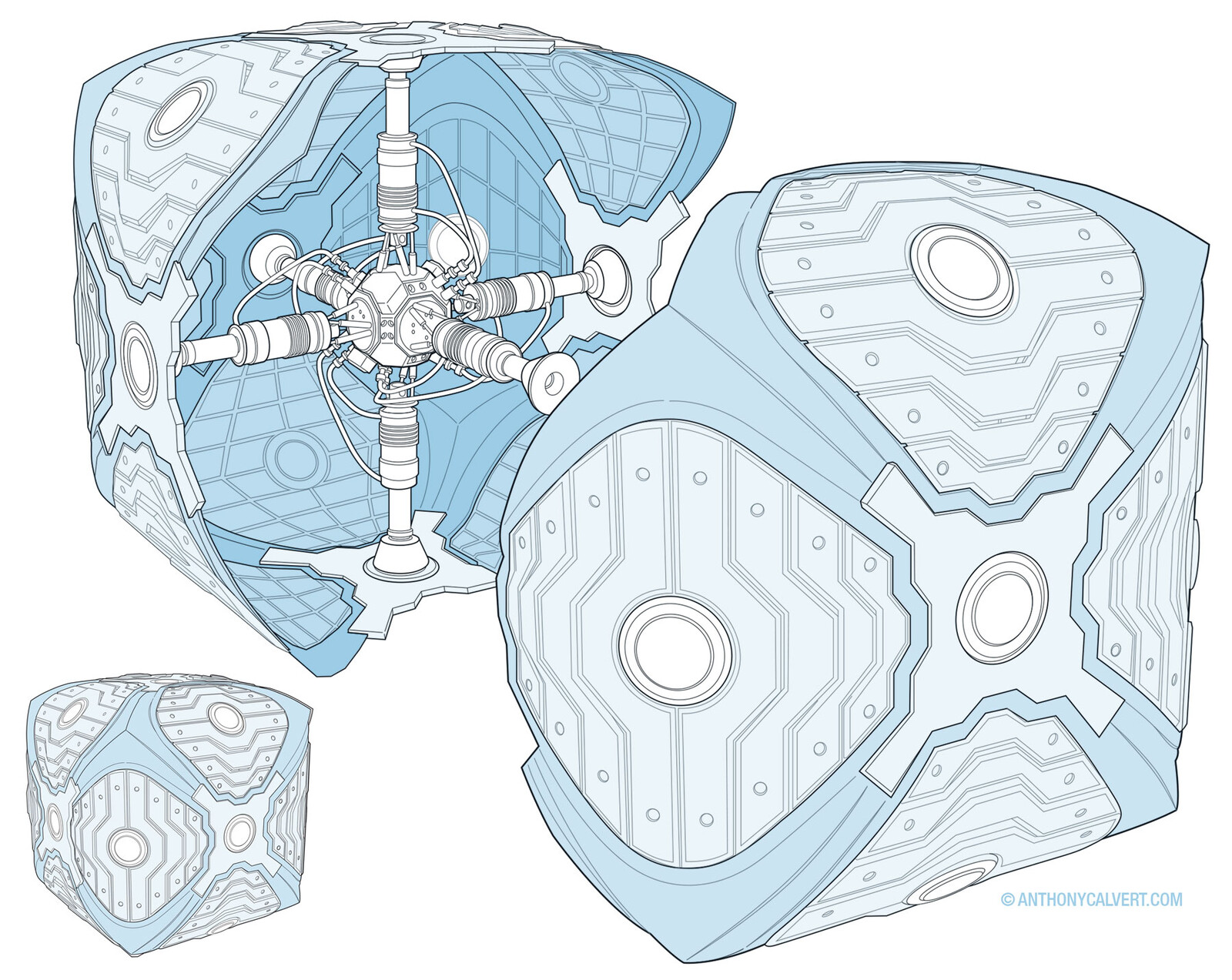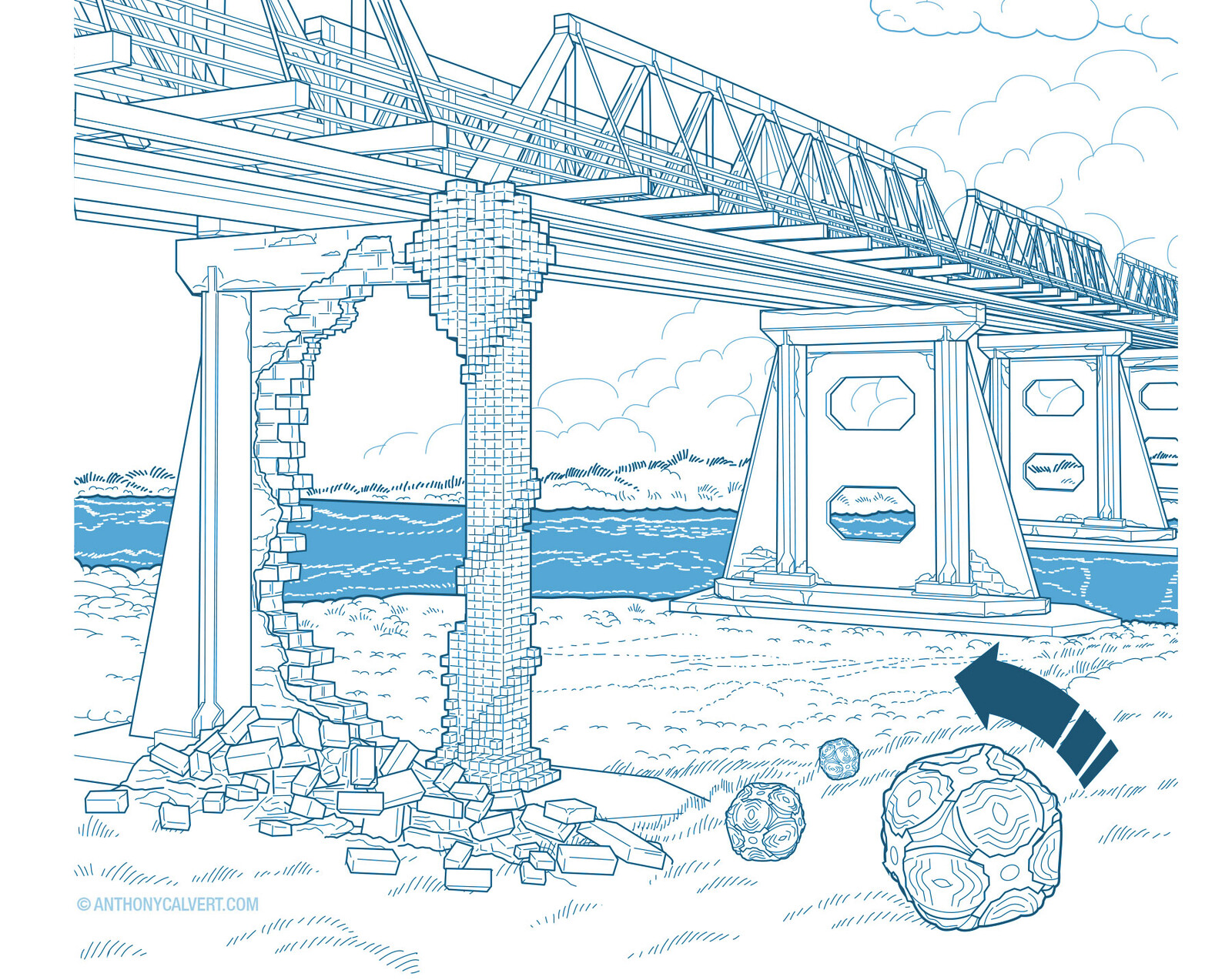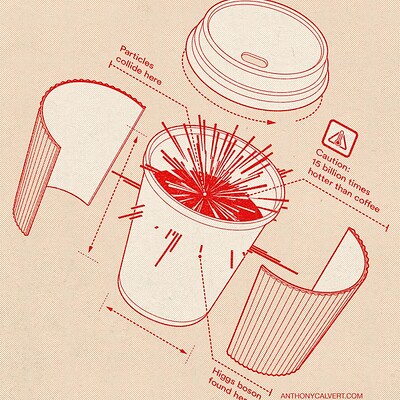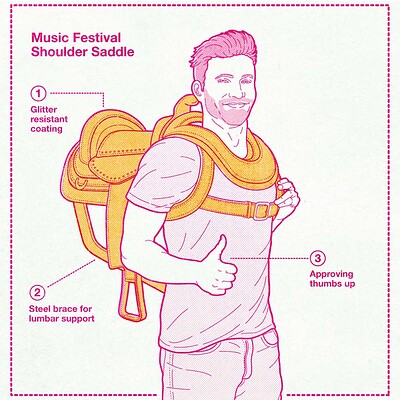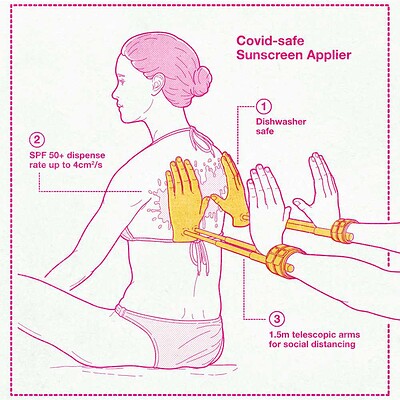A small autonomous cell that can self-assemble into larger structures sound like something from a dystopian science fiction novel, but the HyperCell in this illustration has a more altruistic purpose.
A team at the Architectural Association’s Design Research Laboratory in London has created the HyperCell as a sophisticated system for building structures that may eventually be used in emergency situations.
These shape-shifting cells start out as a 10-centimetre cube but can morph their elastic skin into a sphere using six internal pistons. The cells use magnets to join up. Rotating its internal magnets allows a HyperCell to climb on top of its colleagues until it finds the right position, then lock into place. However there is no top-down management system telling the cells what to do. Instead, they operate according to the hive mind principle. Give a group of HyperCells a task, and each individual cell decides how it can best help achieve the global aim.
So far, the team has built about 40 prototypes, and the HyperCells can only support about 100 kg. But eventually it is hoped HyperCells could help erect temporary shelters, scaffolding to hold up teetering buildings, or even bridges to bring people to safety.
Client: Cosmos magazine (AUS)
Art Director: Robyn Adderly
Date: August, 2016
